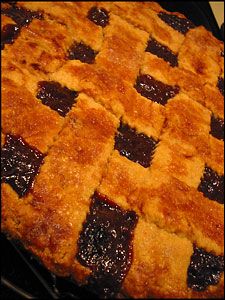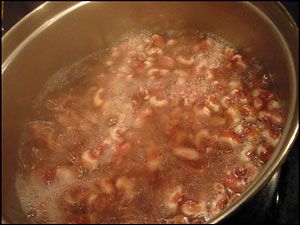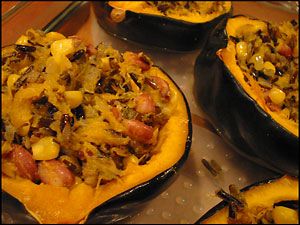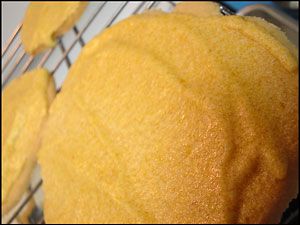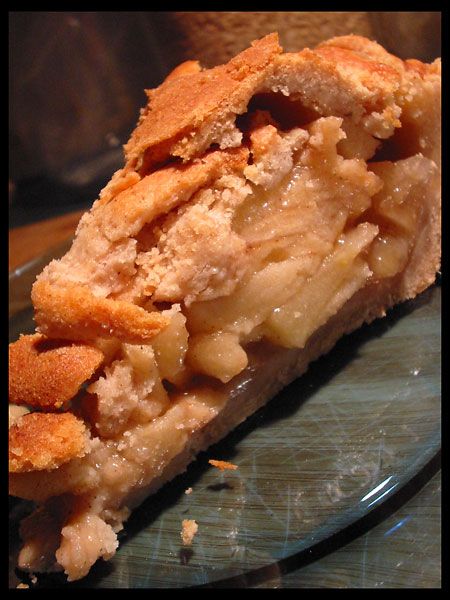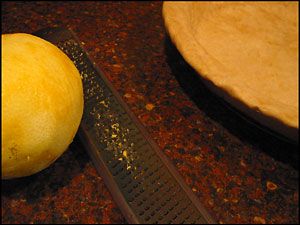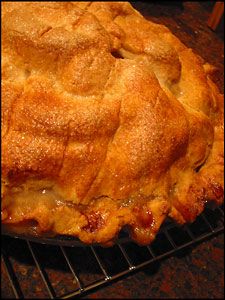
Every time someone has a birthday, I jump at the chance to bake a cake. I love cake. I love baking cake. I think it's because I love licking the mixing bowl afterward...
...but that's another story. My dad's birthday was yesterday, and I was thrilled at the opportunity to make another cake. I made it gluten-free, just because I felt confident enough with my experience to turn it out well. I secretly bought enough ingredients for two cakes in the instance that the gluten-free version was a flop.
But oh. Oh. This was no flop! Whoever says gluten-free baking is inferior obviously hasn't eaten this.
And again, I must credit Cook's Illustrated for the recipe on which my version is based. I know that when I need to bake something for the first time, I will always check to see if they have a recipe for it first. That way, if my adaptation doesn't turn out... I know that it's my fault and not the base recipe's. Oh, what a blessing America's Test Kitchen is. But I've changed this recipe enough to be considered different from the original. Well, duh.
CARROT CAKE3/4 cup plus 2 tbsp sorghum flour
3/4 cup white rice flour
1/2 cup potato starch
1/4 cup soy flour
2 tbsp tapioca starch
1 1/2 tsp xanthan gum
2 1/2 tsp baking powder
1 1/4 tsp baking soda
1 1/4 tsp cinnamon
1/2 tsp nutmeg
1/8 tsp cloves
1/2 tsp salt
1 lb fresh carrots, peeled
1 cup golden (Sultana) raisins
1 can crushed pineapple, drained very well
1 1/2 cups sugar
1/2 cup packed brown sugar
4 large eggs
1 1/2 cups vegetable oil (I used sunflower)
12 oz neufchatel or cream cheese
8 tbsp (1 stick) unsalted butter, slightly softened but still cool
1 tbsp sour cream
3/4 tsp vanilla
2 cups powdered sugar
3/4 cup sliced almonds
1. Preheat oven to 350°F. Grease two 9"x2" round cake pans, and line with parchment paper or waxed paper. Grease the parchment as well.
2. Whisk the dry ingredients - flours, starches, xanthan gum, baking powder and soda, spices, and salt - thoroughly in a medium bowl.

3. Using your food processor, shred the carrots (make sure you shred them, not pulverize them). If you're ambitious and/or don't have a food processor - and I used to do this - you can grate them by hand. If you do this, you can probably do most of the rest of the steps in a mixing bowl rather than a food processor.
4. Add the shredded carrots and raisins to the dry ingredients, and wipe out your food processor. Add sugars and eggs to the food processor, and process with the metal blade until frothy and well-mixed.
5. Keep the processor running, and slowly drizzle the oil through the feed tube. Process until well-emulsified and light in color.
6. Transfer wet ingredients to a large bowl and stir in the crushed (drained) pineapple. Fold in the dry ingredients, along with carrots and raisins, until all flour is mixed in. But don't mix it longer than you have to. You'll kill the leavening.

7. Pour batter into your prepared cake pans and stick on a middle oven rack. Bake for 40 minutes or until cake starts to pull away from edges of pan and an inserted toothpick comes out clean. And it's golden brown. Or poke the top of the cake with your finger. If it springs back, it's done.

8. Cool on wire racks, in the pans, to room temperature before frosting. And let me tell you - you don't want to frost this cake warm. Disaster will ensue.
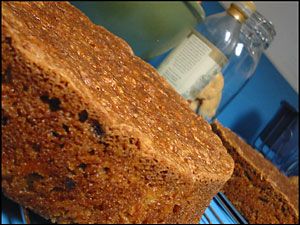
9. Clean out your food processor. This is a good time to lick the bowl, if you're into that sort of thing. I know I am. But for the sake of whomever's going to be eating your cake, please wash it after you lick it. And then dump in the cream cheese, butter, sour cream, and vanilla. Process until well-mixed. If it starts sticking to the sides, then you know what to do. Get out that rubber spatula.
10. Add powdered sugar and process some more until it's nice and smooth. Scrape it all out, put it in a bowl, and stick it in the fridge to chill for oh, 20 minutes or so.
11. Take your cakes out of their pans when they're cool, and put them on the wire racks directly. Face up, of course. When you're ready to decorate, transfer one cake round to whatever it is you like to decorate on. I used a cardboard round sitting on top of an inverted cake pan - it spins easily, and is slightly elevated.
12. Take your frosting out of the fridge, and if you want to reserve some for piping later (letters, little carrots, whatever), save 2 tbsp to 1/4 cup and set aside. Plop some frosting - 1/2 cup, maybe - on the cake and spread to the edges (a large offset spatula works wonders here). Carefully set the second cake on top, and repeat the process. Use the remaining frosting to frost the sides. Try not to get crumbs in the icing, because that looks kinda tacky.
13. Press handfuls of sliced almonds into the sides - you can tilt the cake for this - until the sides are covered all the way around. Put a few in the center of the cake, on the top. It looks cute. And if you want to pipe decorations, color your reserved frosting however you want (I use natural coloring with annatto for the orange letters). And pipe away. For a makeshift pastry bag, you can use either a plastic bag with the corner cut out, or waxed paper folded in a cone. That's what I did. And sit back and admire your cake. Then eat it. Because, let's face it, carrot cake is awesome.

PROS: moist, perfectly balanced spice, great ratio of cake:frosting, delicious but not too nutritious
CONS: frosting is a little wet, and sweetness of cake is difficult to detect through sweetness of frosting (but trust me. it's minor.)
Maybe I should stop posting all my recipes and just write a durn tootin cookbook. I hear that's what all the cool kids are doing these days...


